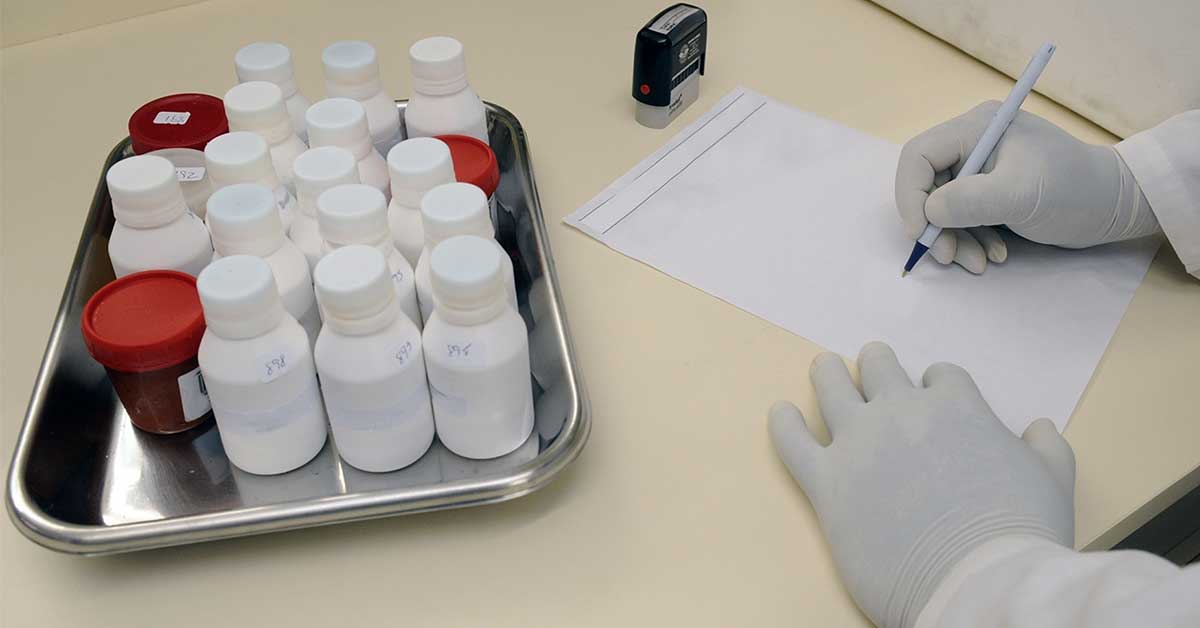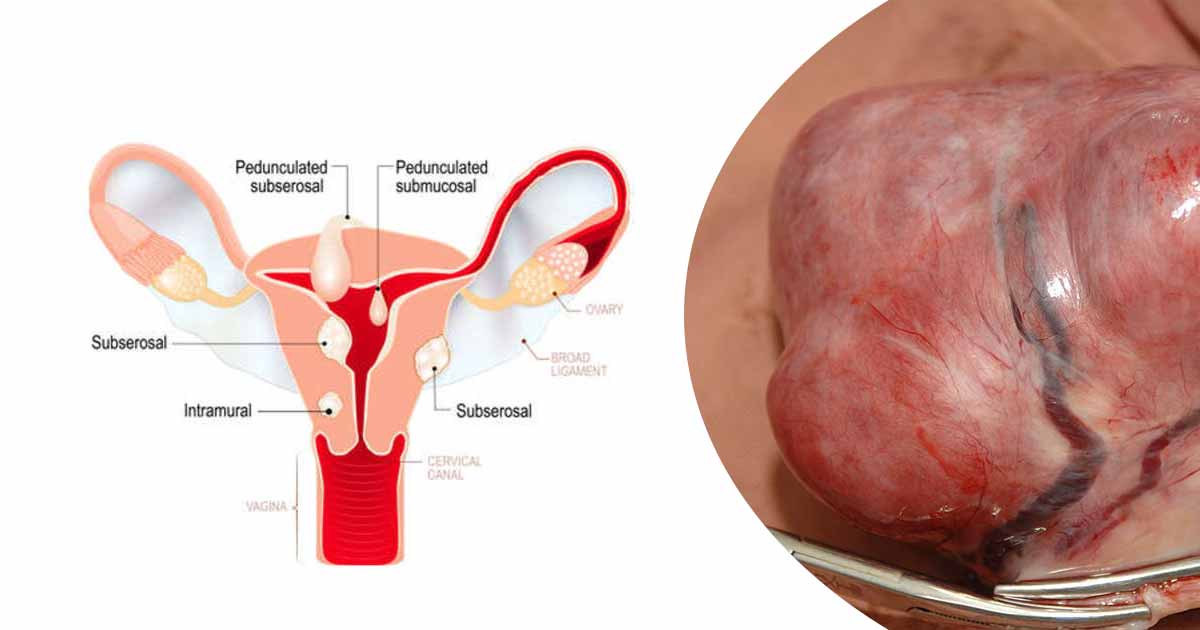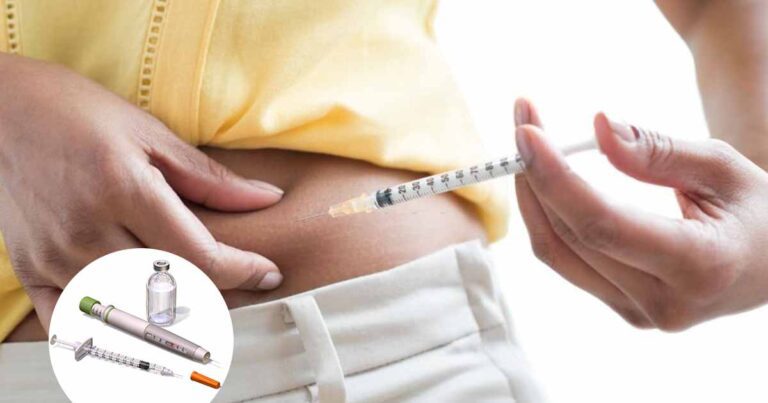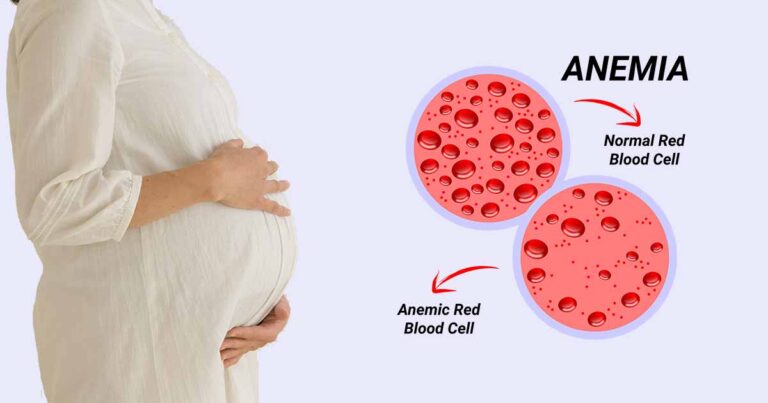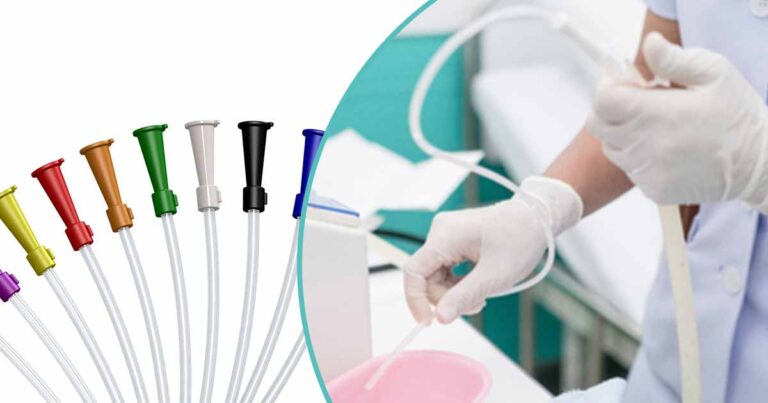Every pharmaceutical and biotechnology product, medical device must be certified for safety, effectiveness, and efficacy before they are approved for public consumption. One of the necessary requirement is that drugs must pass different phases of clinical trials.
A clinical trial is a prospective biomedical or behavioural research study of human subjects that is designed to answer specific questions about biomedical or behavioural interventions (vaccines, drugs, treatments, devices, or new ways of using known drugs, treatments, or devices)–(Gates Foundation).
A clinical trial will test a drug or treatment before approval using human volunteers. In the United States, the Investigational New Drug (IND) application must be filed with the Food and Drug Administration before a human volunteer is used for clinical trial.
For a clinical trial to proceed, a sponsor is needed. A clinical trial sponsor is a company, organization or research institution that provides the finances in developing a drug. Sponsors can be funded by national or international health organization, investigator, and mostly by pharmaceutical companies.
There are currently many clinical researches and trial on difficult-to-treat diseases such as HIV/AIDS, cancers. Clinical trials can take a few months to so many years.
Designing Clinical Trials
The clinical research is conducted using a specific plan developed by the researcher called protocol. The researchers also review the drug information to develop research questions and objectives.
The study design of a clinical trial can be parallel study design, where the individual is assigned to only one of two or several treatments. Crossover design study is a longitudinal study where the individual receives a sequence of different treatments. There is a washout period between the treatments.
The plan of a clinical trial can be open trial and blind trials. In the open trial, the volunteer and researcher know the treatment. They are used for bioequivalence studies.
Blind trials can be single, double, or triple-blind. In a single-blind trial, the partial blinding approach will make sure the patient does not know the treatment they are receiving. The researcher knows the treatment, and the placebo administered to each patient.
In a double-blind trial, also called a randomized controlled trial, none of the patient or researcher knows who received the treatment or placebo. This approach is superior and eliminates bias.
In a triple-blind trial, the treatment or placebo is unknown to the patient, the researcher, or the evaluators who access the outcome.
Investigators use blinding and randomization to eliminate bias in trials.
Pre-clinical (or laboratory) studies
Before the clinical trial procedure, a preclinical study is used to determine if the treatment will work in human beings. This is also called laboratory studies (in vitro). This study is a good step, but it hardly tells how the drug will affect the living human cells. There are two phases in pre-clinical studies.
Cell studies: The cell of animals or human being with the disease condition will be grown in the laboratory using lab dish, test tubes. Researchers will use it to test the effect of the treatment.
Animal studies: If the treatment shows enough promises, the researcher will use it to test the disease in live animal cells with the disease.
The investigational new drug (IND) application
In the United States, if the new treatment proves satisfactory after the pre-clinical studies, the research sponsors will file for the investigational new drug (IND) application with the FDA. This IND application must be approved before the treatment can be tested on human beings.
The IND will give the information on the pre-clinical trial results, the clinical trial team, the procedure for producing the drug, study protocol (outline for the clinical trial studies). The researchers must also obtain informed consent of all volunteers (people that will receive the treatment). The study will also be reviewed by the institutional review board (IRB) to ensure compliance to guidelines.
In the UK, the Health Research Authority is responsible for organizing the Research Ethics Committee, or REC. REC reviews all clinical trial protocols to meet ethical considerations.
A Clinical Trial Authorization (CTA) must be issued by the Medicines and Healthcare Products Regulatory Agency (MHRA) before any clinical trial on drugs or devices.
In Europe generally, European Medicines Agency (EMA) authorizes medicines after clinical trials, but each member country is responsible for approving or rejecting clinical trials.
In Australia, the Therapeutic Goods Administration (TGA) regulates the conduct of all clinical trials.
Phases of Clinical Trials
Clinical trials will help healthcare specialists to ascertain if the new treatment works in patients, and determine if the benefits outweigh the risks. The new treatment is compared against already existing standard treatment and ensures it provides added benefits.
There are many phases of clinical trials, with each phase designed to provide answers to some questions. The phases of clinical trials are:
- Phase 0 clinical trials
- Phase I clinical trials
- Phase II clinical trials
- Phase III clinical trials
- Phase IV clinical trials
Phase 0 clinical trials
This clinical trial test low doses of the new treatment in few people, usually about 15 persons for a short time. Phase 0 study will check if the drug reaches the targeted cells, and how the cell respond to the drug. This phase is now rarely used because they do not work for all treatments.
Phase 1 clinical trials (Safety and dosage)
Phase 1 clinical answer the question about safety of the drug. It will test the highest doses that will be safe for humans, without causing adverse effects. In the study, the first few persons take the lowest doses, with subsequent increase in the next volunteers. Volunteers are paid in some clinical trials.
The researchers observe the dose that causes considerable side effect, since safety is the main concern of the phase 1 clinical trials. This phase carries the highest risk to individuals. Pharmacodynamics and pharmacokinetics are also studies (what the body does to the drug, and what the drug does to the body)
The response of the disease to treatment is not a major concern in this phase. Placebos (inactive drug) are not used here. In Phase 1, 20 to 100 healthy persons or patients with the disease are used, and it takes few months. Real patients are mostly used in diseases such as HIV, cancers, and other end-stage diseases.
There are two kinds of Phase 1 clinical trial:
Single Ascending Dose (SAD) studies: A small group is given the treatment and observed. If there are no adverse effects, a higher dose is given to another group. This testing is continued till the Maximum tolerated dose (MTD) when there are noticeable intolerable side effects.
Multiple Ascending Dose (MAD) studies: This is done to understand the pharmacodynamics and pharmacokinetics of multiple doses.
Phase 2 clinical trials (Efficacy and side effects)
Only individuals with the disease being investigated are eligible for phase 2 clinical trials. The treatment should satisfy the goal of treatment and improve quality of life.
They monitor the drug-drug interactions, drug-disease interactions, efficacy of the drug at different doses. Placebos are usually not used in this phase.
Phase II clinical trial involves a large pool of people, with several hundreds of individuals (20 to 300) with the disease condition. It can take years. Phase II can be divided into two: Phase IIA, to check the dosing requirements, and Phase IIB, to determine how the drug work at prescribed doses (efficacy)
Phase 3 clinical trials (Efficacy and monitoring of adverse reactions)
Phase 3 test the effectiveness and safety of the treatment against the current standard treatment. This phase involves a large pool of about 300 to 3,000 volunteers or more with the disease. This study can take one to four years.
At this stage, the volunteers taking the new treatment and standard treatment are randomized, in a double-blind study (the researchers and volunteers do not know the drug they are receiving). Placebos can be used in this phase.
The Phase 3 trial is the most expensive because of the size of testing, length of times, and different locations involved. It is also very difficult to design, especially in chronic diseases. The trial can be continued after submission for approval to the regulatory bodies.
This stage tests safety, effectiveness, dosing intervals, risk to benefit information.
After a successful Phase 3 clinical trial (sometimes two successful trials are required at this stage), the document containing the methodology and results are submitted to the regulatory agency for review. In the US, a new drug application (NDA) is submitted to the Food and Drug Administration (FDA) for review and approval.
If approved, the drugs at this stage make the market, and become the standard cure. However, if a documented adverse effect arises, the drug can be withdrawn.
Phase 4 (Safety and efficacy)
This stage is called the Post-Marketing Surveillance Trial. The drug is monitored for safety in all patients for a long period (pharmacovigilance). All adverse effects are recorded for a long time, after many years. The long-term effectiveness of the drug is also measured.
Phase 4 clinical trial involves several thousands of patients of diverse age groups, gender.
Drugs, such as troglitazone, propoxyphene, astemizole, have been withdrawn at this stage due to adverse effects and documented toxicity.
Emergency Use Authorization
The FDA grants Emergency Use Authorization (EUA) during a public health emergency and infectious diseases such as Covid. FDA will grant unapproved medical products or unapproved uses of approved medical products to be used in an emergency to diagnose, treat, or prevent serious or life-threatening diseases.
A good example of EUA is Pfizer seeking FDA approval for the first ever Covid vaccine manufactured for kids under 5 years.
References:
https://www.cancer.org/cancer/acs-medical-content-and-news-staff.html

